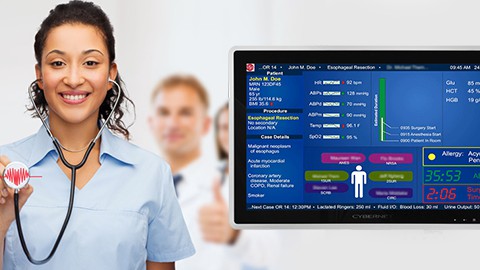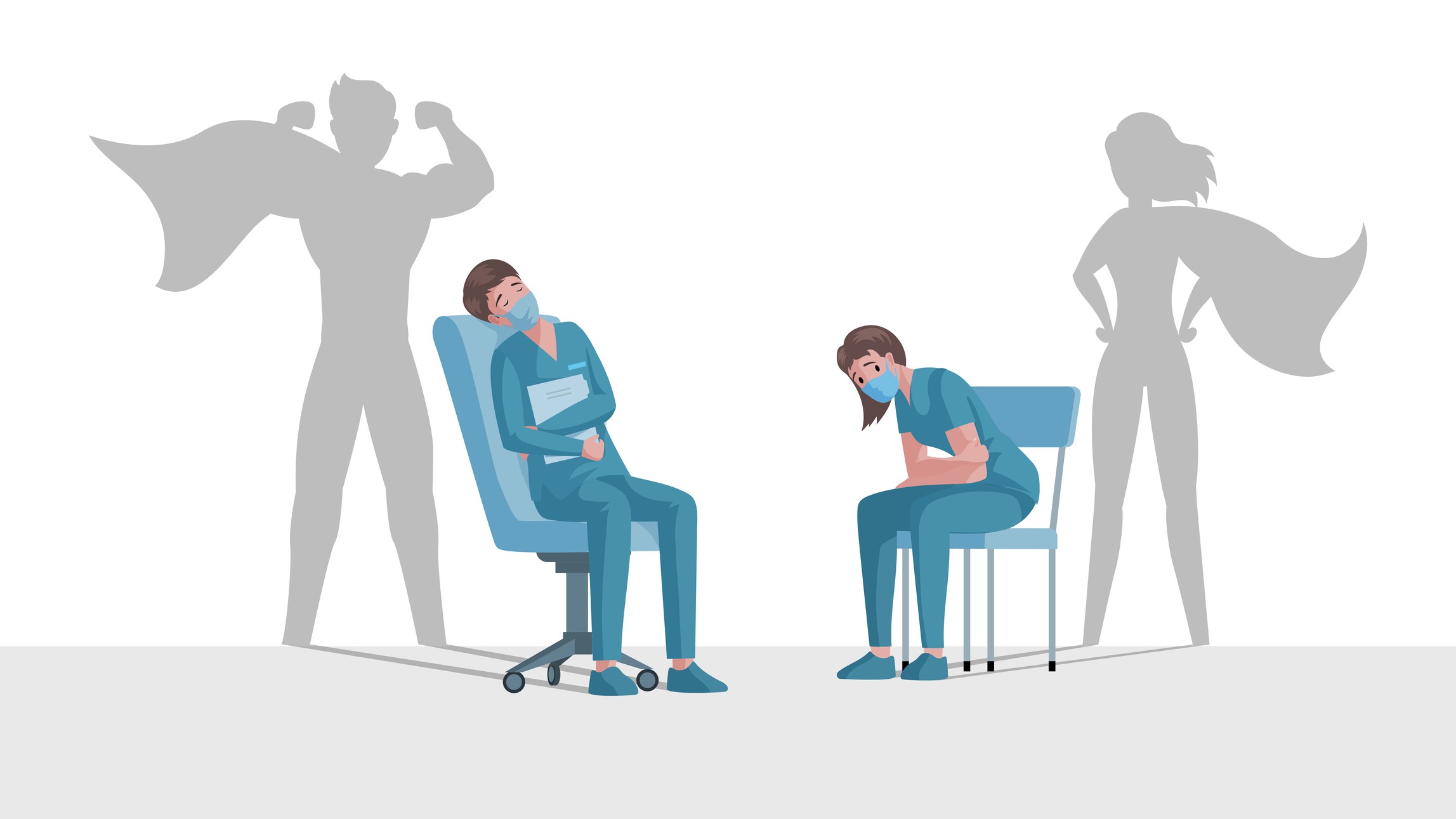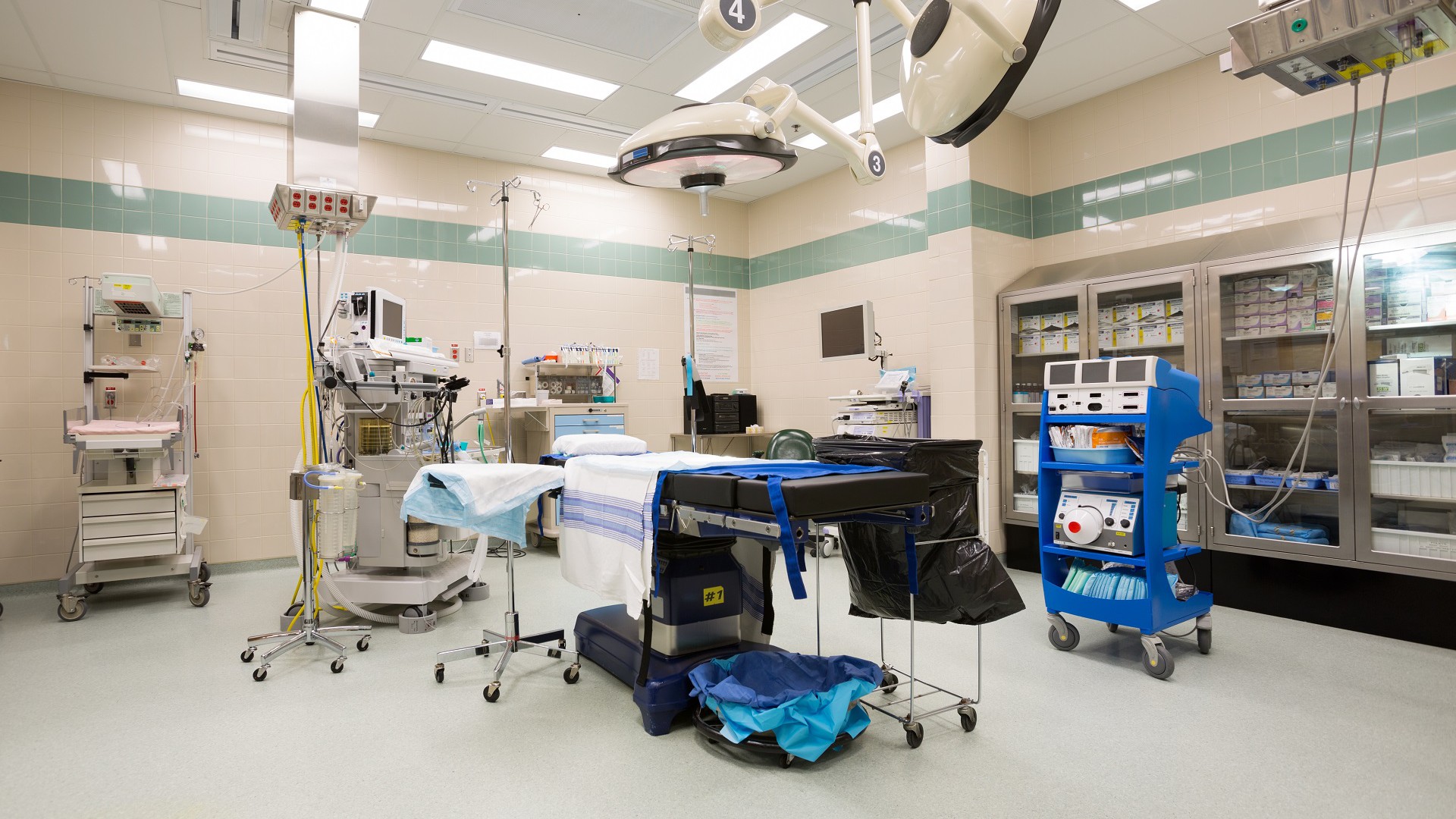Every year, we celebrate Career Nursing Assistant Appreciation Day on the very first day of National Nursing Assistants’ Week. Career Nursing Assistant Appreciation Day is about honoring those who devote their careers to this incredibly vital profession. It’s a day to acknowledge the massive contribution that long-term CNAs provide to their patients, the facilities in which they work, and the medical field/healthcare industry as a whole.
It is impossible to overstate how integral CNAs are to medicine. They represent the front lines of patient care and provide that day-to-day human connection and compassion that patients need to keep their spirits up and heal. Long-term CNAs are particularly crucial in medicine because they’re able to pass down hard-won practical knowledge to new generations of nurses.
Unfortunately, CNA’s jobs are often stressful and unglamorous. Worst of all, their labor often goes unappreciated. It’s no shock then that CNAs report high levels of burnout. Burntout among CNAs can create a vicious cycle: burnout CNAs to provide a lower level of care and leave the profession prematurely, meaning they get replaced by even more inexperienced CNAs, leading to an even lower level of care for patients.
Thankfully, there are ways you can alleviate burnout among CNAs. By deploying time-saving digital technology, like Rugged Medical Tablets, the Internet of Medical Things, and Workstations on Wheels, you can make Career Nursing Assistant’s lives easier and reduce the chances they’ll feel burnt out with their jobs.
A Day in the Life of a Career Nursing Assistant
Article Guide
A CNAs job is to execute many basic day-to-day care functions in order to free up nurses and doctors to focus on more advanced levels of care. They perform much of the manual labor of healthcare: delivering meals, feeding and bathing patients, checking vitals, setting up equipment, changing sheets, cleaning bedpans, tending to wounds, helping patients to the restroom, etc.
But beyond these basic functions, they provide a human touch and level of sustained daily interaction that Registered Nurses and Doctors are often unable to deliver. In addition, because CNAs see their patients multiple times per day, they are usually the first to notice any drastic changes in behavior, vital signs, and other symptoms for most patients. This intimacy also allows CNAs to provide patients with much-needed emotional support, which can often mean the difference between good and poor outcomes.
You can find CNAs in every kind of healthcare facility, but you will most often find them in hospitals, long-term care facilities, hospice centers, and working in the homes of elderly patients who need daily care but want to maintain a level of independence in their lives.
How Technology Like Medical Computers Can Make CNA’s Lives Easier
At this point, you may be wondering: If so much of a CNA’s job involves manual labor and human interaction, how could technology make their jobs easier? After all, a computer cannot change a bedpan. A computer cannot tell if a patient’s spirits are down or if they’re behaving oddly (at least not yet). However, what computers can do is help increase efficiency, eliminate repetitive tasks, foster more instant communication, and improve patient engagement.
Below are just a few ways that digital technology like medical-grade computers can elevate the burden CNAs face on the job.
Medical Computers and Hot-Swap Technology Lighten the Load
A CNA’s job entails a lot of documentation and charting. Be it vital signs, stool frequency, urine volume, or just basic patient intake/outtake information, it’s a CNA’s job to record and document this information so that doctors and registered nurses don’t have to. Beyond freeing up doctors and RNs to perform other tasks, it is vital to keep track of this kind of information for many patients.
Whereas in the past, much of this documentation was done on paper or even on whiteboards mounted in a patient’s room, nowadays, more and more facilities rely on Electronic Health Records software for their charting purposes. For CNAs in many facilities, this means they have to lug a heavy powered medical cart from patient to patient to do their charting.
Since most consumer-grade computers do not have their own power source, power must be supplied by batteries mounted into the cart. Unfortunately, these batteries can make the carts extremely heavy and cumbersome, with many powered carts weighing more than 100 pounds.
Needless to say, for the CNAs who have to push them around day in, day out, these carts can be more of a burden than anything else. Lugging around all that heavy equipment takes a toll on a person, both physically and mentally, and is very much one of the many factors contributing to burnout among CNAs.
Unlike consumer-grade products, medical cart computers feature onboard hot-swappable batteries. Such medical computers supply their own power, rather than relying on an external source. This means that they can be mounted on significantly lighter non-powered carts, potentially reducing the load CNAs have to cart more than half.
Obviously, this massively reduces the physical burden placed on CNAs daily. With lighter carts, CNAs are less exhausted at the end of the day, which significantly reduces the sense of burnout they feel with the job.
Medical Tablets and the Internet of Medical Things
While adopting medical computers with hot-swappable batteries will help CNAs who work in hospitals and long-term care facilities avoid burnout, many CNAs do not work in such facilities. Instead, many CNAs work in-home healthcare services, meaning they provide essential daily care to patients who, for one reason or another, have either chosen to forgo or are unable to receive care in a dedicated facility.
Providing healthcare for someone out of their home provides CNAs with a completely different set of challenges than working at other dedicated facilities. Most home care CNAs don’t just serve a single home, but rather, they work for a service that assigns them to multiple homes, which they visit on a regular rotating schedule. This means they need to take their equipment with them from place to place and to be able to chart on the go. On top of that, there is the difficulty of monitoring patients’ treatment in-between visits.
In a world of paper charting and unconnected devices, all of this is exceedingly difficult. Lugging paper charts around from the main facility to people’s homes. Making sure patients are taking their medications. Relying on lay caregivers to provide consistently high levels of care. Not being able to receive automatic alerts if a patient has a sudden change in vitals. But thanks to advances in mobile computing technology and expanded wireless internet connectivity, we are on the cusp of a revolution in the home care field.
Now, a CNA armed with a Medica Tablet with built-in WiFi and LTE connectivity can access a patient’s Electronic Medical Records from the cloud and chart from anywhere there is a cell network available. Internet-Connected Medicine Dispensers can track how frequently a patient is taking their medication and alert a care provider like a CNA if the patient is getting off track. Wearable Internet of Medical Things (IoMT) devices can check an array of vital signs and supply data directly to a patient’s cloud-based medical records in real-time. Should they detect a sudden change in vital signs, the device could automatically alert both the patients’ primary care provider AND emergency services.
Final Thoughts
The potential offered by hot-swap battery-powered Medical Computers, Medical Tablets, and connected Internet of Medical Things devices is poised to alleviate much of the burden felt by CNAs. As such technology becomes more commonplace, CNAs will be able to focus on what’s most important, providing the human connection that is so integral to patient care.
If you’re interested in seeing how digital technology can make life easier for Certified Nursing Assistants, contact the experts at Cybernet today!
Why Fanless Medical Computers are a Must for the Medical Profession
July 9, 2015
The enterprise industries and the healthcare profession have been greatly affected by the increasing use of all-in-one computers and similar devices. The healthcare profession has grown to rely more and more on medical…
0 Comments5 Minutes
Streamlining Nursing Workflows with Medical Computers
May 13, 2021
It’s sometimes easy to overlook, but nurses are, in a very literal sense, the backbone of the healthcare system. In fact, there are more nurses than there are members of any other profession within healthcare.…
0 Comments9 Minutes
Understanding Life Cycle vs MTBF in Medical Computers and Why Both Matter
August 2, 2018
For fields like the healthcare industry, specialized all-in-one computers provide a number of important benefits that traditional commercial systems don't. Medical grade computers must perform specific and sometimes…
0 Comments8 Minutes
You Can't
Learn from a Pop-up
But we can deliver knowledge to your inbox!
We dive deep in the industry looking for new trends, technology, news, and updates. We're happy to share them with you.
Knowledge, News, and Industry Updates Right in Your Inbox





